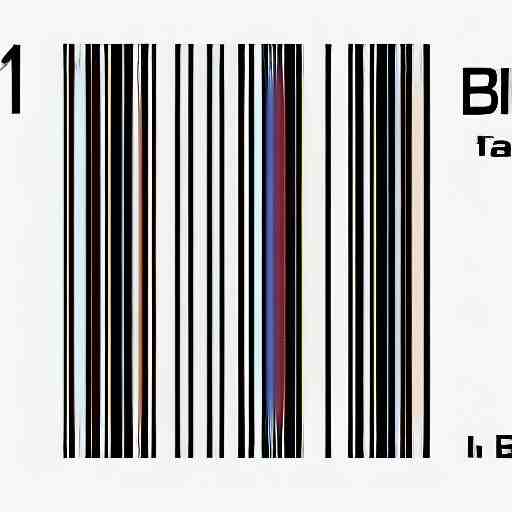So let’s get started!
What is a barcode generator? A barcode generator is a software application used to create a variety of different types of barcodes. These can be easily added to any digital file and then printed or scanned to read the information stored in the code. A number of different types of barcodes are supported by these generators, including linear (1D) codes such as UPC, EAN, and ISBN, as well as two-dimensional (2D) codes such as QR codes and Data Matrix.
Some of the advantages of using a barcode generator include: Ease of use – It is simple to start using a generator since it requires no setup or maintenance;Speed – Generators can be used to quickly generate codes;Cost – Generators are often cheaper than other options like printing;Customization – Generators can be used to create unique codes that are tailored to your needs;Protection – Generated codes are protected from unauthorized access thanks to their encryption;Portability – Codes can be easily shared with others;Versatility – Codes can be used with any project or application. A variety of different generators exist, with each offering its own set of features and capabilities. You can find a general-purpose generator or a specialized one that specializes in creating a specific type of code. We’ll discuss both of these options in more detail later in the article.
What are the types of barcode generators? There are many different types of generators available. Here are some of the most common:Image Generator – This type of generator takes an image and converts it into a barcode. This option is great if you need to convert
Generate over 30 types of barcodes on the fly quickly and use in your application.
To make use of it, you must first:
1- Go to Bar Code Generator API and simply click on the button “Subscribe for free” to start using the API.
2- After signing up in Zyla API Hub, you’ll be given your personal API key. Using this one-of-a-kind combination of numbers and letters, you’ll be able to use, connect, and manage APIs!
3- Employ the different API endpoints depending on what you are looking for.
4- Once you meet your needed endpoint, make the API call by pressing the button “run” and see the results on your screen.



